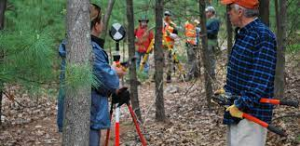Understanding the history of corn’s domestication is key to the possible usages of the maize crop today. The search to understand the domestication of corn is an ongoing process, and a major challenge to the story of modern corn’s evolution was discovered as recently as 2018.
The accepted history was that maize began as the wild grain teosinte 9,000 years ago in what is now considered southern Mexico and that 6,500 years ago the grain was brought to southwest Amazon and Peru (Smithsonian Institution 2018). From these two facts it was deduced that teosinte came from Mexico, was domesticated over a span of 2,500 years and then was transported southward to stay in a similar form until its adoption by European colonists (Smithsonian Institution 2018). However, the discovery of 5,000 year old proto-corn in Mexico destroyed the linear timeline of corn’s domestication in Central America down into South America.
One of the main ways to determine the evolution of maize is by finding fossil evidence of corn pollen which is typically “wind dispersed” and like all pollen grains has a “durable outer wall (exine)” (Bryant, Vaughn M. 2007). The issue with using pollen is that proving that a given grain belongs to human cultivated maize rather than a wild crop is complicated by the fact that the pollen found near a settlement could have traveled from a wild type neighboring the site. Adding in the genetic information found in phytoliths, silica “derived” from plant cells (“plant opal”), can confirm that genetic material belongs to corn evolving under human influence rather than wild teosinte (Renfrew 2018: 183).
Using the knowledge that in Mexico domestication was ongoing from 9,000 to 5,000 years ago lends to the conclusion that maize was domesticated separately at several times in different locations to have full kernels and soft kernel casings (Smithsonian Institution 2018). The distinct domesticated species of maize then “diffused” together over thousands of years to form the maize that Columbus would have encountered (Smithsonian Institution 2018).
The historical convergence of maize varieties tells a different and less static story than that of corn coming from Mexico domesticated down to the Amazon. In fact, the peoples of the southwest Amazon developed their own variety of domesticated corn earlier than what has been found in Southern Mexico (Smithsonian Institution 2018). One reason for this may be found in the fact that the modern wild teosinte of Mexico is so genetically similar to maize; perhaps there was more breeding (intentional or unintentional) of proto-corn during domestication back with wild teosinte in order to help the grain adapt to the climate. Because maize as a crop will never stop evolving, whether it be to better fit human consumption or to thrive in the changing climate, learning the history of corn through archeology is central to how corn will be in the future.
Bryant, Vaughn M. “Microscopic Evidence for the Domestication and Spread of Maize.” Proceedings of the National Academy of Sciences 104, no. 50 (December 11, 2007): 19659–60. https://doi.org/10.1073/pnas.0710327105.
Grobman, Alexander, Duccio Bonavia, Tom D. Dillehay, Dolores R. Piperno, José Iriarte, and Irene Holst. “Preceramic Maize from Paredones and Huaca Prieta, Peru.” Proceedings of the National Academy of Sciences 109, no. No. 5 (January 31, 2012). https://doi.org/10.1073/pnas.1120270109.
Piperno, D. R., and K. V. Flannery. “The Earliest Archaeological Maize (Zea Mays L.) from Highland Mexico: New Accelerator Mass Spectrometry Dates and Their Implications.” Proceedings of the National Academy of Sciences of the United States of America 98, no. 4 (February 13, 2001): 2101–3.
Renfrew, Colin, and Paul Bahn. 2018. Archaeology Essentials: Theories, Methods, and Practice. Fourth edition. Thames & Hudson.
Smithsonian Institution. “Scientists Overhaul Corn Domestication Story With Multidisciplinary Analysis.” Accessed September 22, 2022. https://www.si.edu/newsdesk/releases/scientists-overhaul-corn-domestication-story-multidisciplinary-analysis.
Gregory, T. Ryan. “Artificial Selection and Domestication: Modern Lessons from Darwin’s Enduring Analogy.” Evolution: Education and Outreach 2, no. 1 (March 2009): 5–27. https://doi.org/10.1007/s12052-008-0114-z.
Further Readings:
Article on the Genetic Differences Between Teosinte and Corn



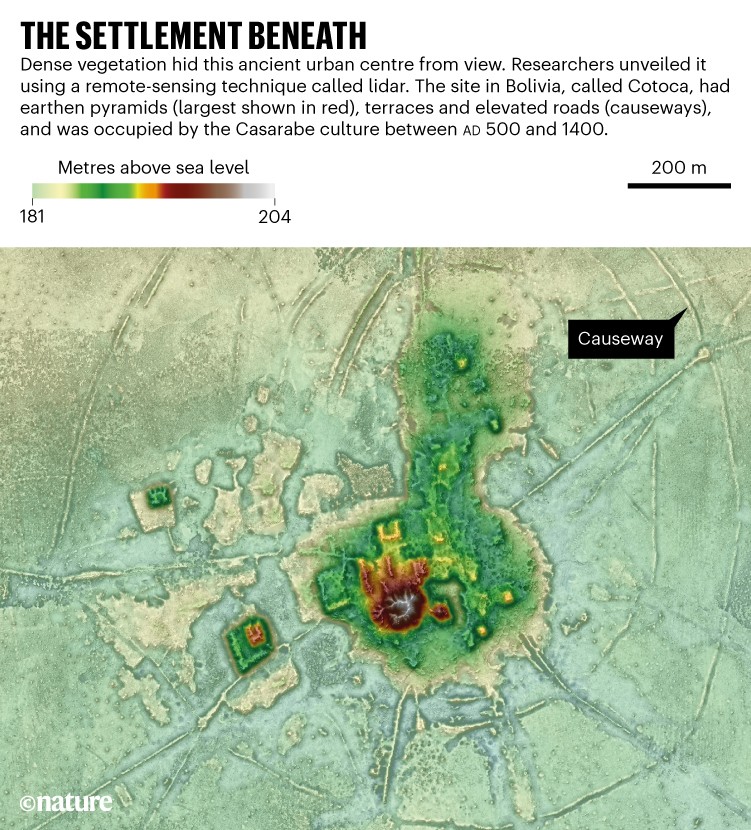
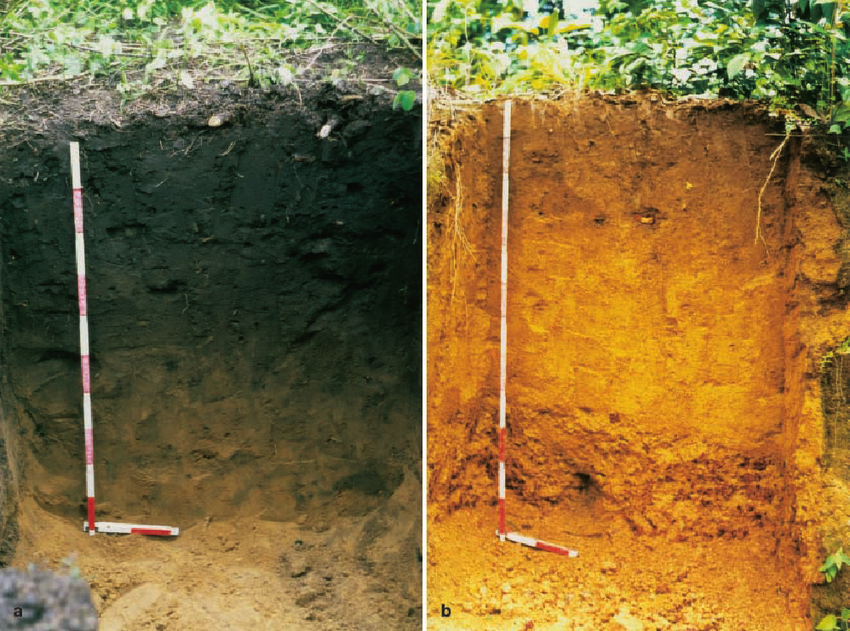

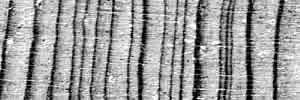


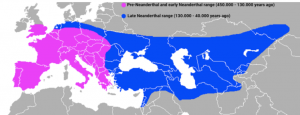

/https://tf-cmsv2-smithsonianmag-media.s3.amazonaws.com/filer/c6/9a/c69a9b65-928c-48c0-b1c3-50a2b467e793/idol2.jpg)

